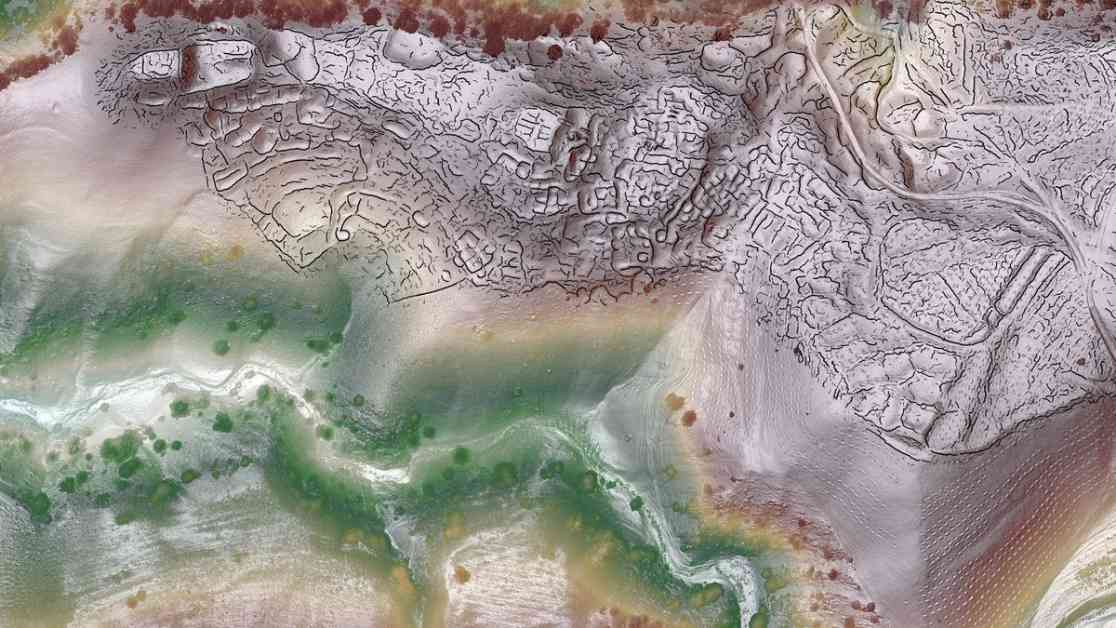Hidden in the mountains of Central Asia, archaeologists have uncovered two medieval cities in Uzbekistan that may have been bustling hubs a thousand years ago. The discovery was made by a team of researchers who stumbled upon the first lost city, Tashbulak, in 2011 while hiking in eastern Uzbekistan. The site was initially identified by the presence of burial sites and strange mounds that turned out to be remnants of a 30-acre medieval city.
Further excavations led to the discovery of a second city, Tugunbulak, which spans nearly 300 acres and was integrated into the Silk Road trade networks. This groundbreaking find challenges the traditional view of the Silk Road as avoiding the rugged mountains of Central Asia in favor of low-lying cities with arable land. The presence of these cities at high altitudes suggests that they played a significant role in the trade routes of the time.
To map out the intricate details of these ancient cities, researchers utilized lidar technology, which uses laser pulses to create detailed maps of the landscape. The resulting relief maps revealed a complex urban center complete with citadels, buildings, courtyards, and fortified walls. Excavations at the sites have unearthed pottery, kilns, and evidence of iron smelting, indicating a thriving community that engaged in trade and metallurgy.
The discovery of these lost cities sheds new light on the interconnected nature of the Silk Road networks and challenges the perception of remote, high-altitude regions as peripheral or less developed. The ongoing excavations and research at Tashbulak and Tugunbulak promise to reveal more about the inhabitants, their daily lives, and the role these cities played in the broader trade networks of the time.
The team of researchers, led by archaeologist Michael Frachetti and Farhod Maksudov, has only scratched the surface of what these ancient cities have to offer. As they continue their work, they hope to uncover more clues about the history and significance of these lost Silk Road cities in Uzbekistan. The findings from their research have the potential to reshape our understanding of the Silk Road and the civilizations that thrived along its ancient trade routes.










